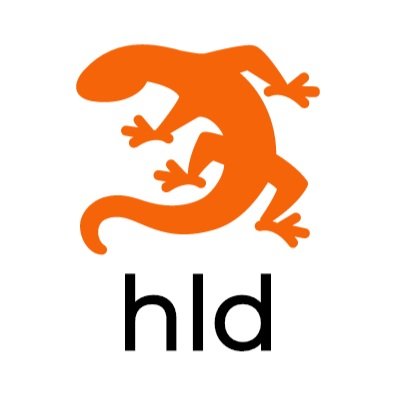Welcome to the Roaring Twenties 2.0!
As the end of the year – and the decade – approaches, there is no better time to take a quick look back down memory lane at some of the major events that have shaped our culture when it comes to technology.
This past decade has seen the launch of the iPad and subsequent rise of the tablets as a mobile alternative to laptops; the viral social media sensations such as planking, the Gangnam Style dance craze, the Oscars ‘selfie’, the ice bucket challenge, and the heated debate about the colour of a dress.
Pokémon Go launched augmented reality within a game, and now that technology is becoming more mainstream to advertise services, in-store features (e.g. 3D basketball players materialising by the branded products section), travel destinations and online learning.
Netflix streamed its first original content series (House of Cards), became the world’s largest producer of original content - and introduced us all to the concept of ‘binge-watching’ an entire series…on demand!
Some of the above have become part of our daily lexicon and collective memories. Our attitudes towards online content and information is now one of instant access, regardless of the device with which we choose to access it.
A lot has changed over the past 10 years, and while we may not be able to predict the future with certainty, there are some trends that have been taking shape over the last few years that look certain to stay:
Social Media
In the earlier days of social media, the consensus was to produce as much content as possible on a daily and weekly basis in order to attract and maintain an audience across all available social channels.
Over the years, the results of this strategy have been widely documented, with professional YouTubers suffering severe burnout as they try to match the platform’s fresh content algorithms, and companies posting the same content several times a week to maintain that schedule.
This is simply not sustainable. Both business owners and their audiences are becoming savvier. Audiences expect a more personalised experience, with content that is relevant and useful to them. Even as small businesses now outsource this work, it’s worth keeping in mind that over twenty percent of respondents would unfollow a brand on Facebook or Twitter if they found the content repetitive or boring (Fractl & Buzzstream).
The use of images with photos, GIFs, short videos, and infographics help deliver your message in a visually appealing way. Post tips, explainer videos to educate your audience about your product or service, latest industry news, company updates such as new staff members, awards, customer reviews, etc. Social media is about being social – building a relationship and trust before buying.
Websites
When Google originally set their algorithms to identify content based on keywords used in online searches, companies would cram their website with these keywords so they would rank higher in the search results and attract more traffic to click through to their website. This meant densely worded websites with multiple pages that were either boring or hard to read (or both!), as nearly every sentence was written with this algorithm in mind.
With the rise in smartphone and tablet technology, these densely worded pages mean endless scrolling on smaller screens, and no-one wants to do that these days. Online visitors want to access relevant information quickly – whether that is product information, contact details, or even to order online. Too much text, clicking back and forth, and no logical way to navigate your site will mean they simply click back out of your site and look elsewhere.
Over the past decade Google has continuously refined the search algorithms to give online users a better experience. A few years ago, this meant ranking mobile-friendly websites higher in online searches. This year the BERT algorithm was launched to better understand natural language in search queries, meaning websites should use everyday language on their pages, rather than using text targeting artificial bots.
Videos
Video continues to be one of the most effective elements in a digital marketing strategy as we roll into 2020 — and with good reason! The sheer amount of video that is produced and consumed continues to grow each year, and is a powerful way to increase brand awareness, promote your products and services, and educate your customers.
Again, producing a video is one thing, making sure the content is interesting and delivered in an engaging way is another! What captures your attention, and how can you transfer that over to your content? Is it a short, animated video? A live broadcast? Or perhaps a podcast that was also filmed?
Content may be king, but too much content is overwhelming.
While there has never been more content or choice, the sheer amount available can be overwhelming. Companies should continue to produce great content that is relevant and engaging for their audience, using different platforms to target their audience in diverse ways.
Each platform is distinctive, and a variety of strategies are required to be effective in each one – posting the same content repeatedly on every channel is not one of them. Many have done this, adding to the amount of content, but not really adding any value.
As mentioned earlier, people get bored seeing the same thing, and if they feel they are constantly being sold something will simply unfollow you. Work out how many times you need to post something online, and if it adds value – depending on your business, a monthly blog with several social media posts relating to that blog may be enough.
The future is bright….
The start of a new year brings optimism and hope with an opportunity for a fresh start, and as with all good New Year’s resolutions, any changes require commitment for them to become habits.
Now is also the time to review your digital strategies, see where you can improve, and implement those changes for a more successful 2020.





